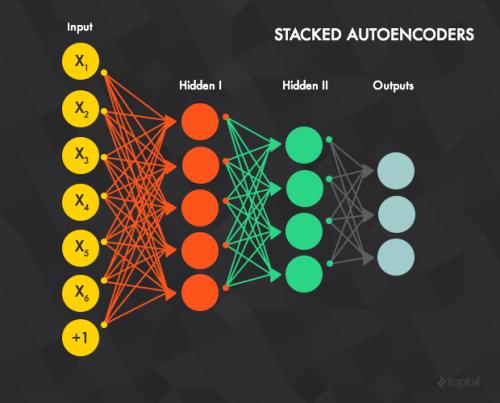Solving geometric tasks involving point clouds by using machine learning is a challenging problem. Standard feed-forward neural networks combine linear or, if the bias parameter is included, affine layers and activation functions. Their geometric modeling is limited, which motivated the prior work introducing the multilayer hypersphere perceptron (MLHP). Its constituent part, i.e., the hypersphere neuron, is obtained by applying a conformal embedding of Euclidean space. By virtue of Clifford algebra, it can be implemented as the Cartesian dot product of inputs and weights. If the embedding is applied in a manner consistent with the dimensionality of the input space geometry, the decision surfaces of the model units become combinations of hyperspheres and make the decision-making process geometrically interpretable for humans. Our extension of the MLHP model, the multilayer geometric perceptron (MLGP), and its respective layer units, i.e., geometric neurons, are consistent with the 3D geometry and provide a geometric handle of the learned coefficients. In particular, the geometric neuron activations are isometric in 3D, which is necessary for rotation and translation equivariance. When classifying the 3D Tetris shapes, we quantitatively show that our model requires no activation function in the hidden layers other than the embedding to outperform the vanilla multilayer perceptron. In the presence of noise in the data, our model is also superior to the MLHP.
翻译:使用机器学习解决涉及点云的几何任务是一个棘手的问题。 标准进料向神经网络将线性或如果包含偏差参数, 包括线性线性神经网络和活化功能。 它们的几何模型有限, 促使先前的工作引入多层超视谱( MLHP) 。 它的构成部分, 即超视距神经, 是通过对 Euclidean 空间进行一致嵌入获得的。 根据克里福德代数仪, 它可以作为输入和重量的 Cartesian 圆点产品来实施。 如果嵌入与输入空间几何度的维度相符合, 它们的几何模型模型的表面是有限的, 使决策程序能够为人类进行几何解释。 我们的MLHP模型的扩展, 多层几何偏移模型( MLGP), 及其相应的层单元, 即, 与输入输入投入和重量的 Carteter- D值相匹配。 如果嵌嵌入的嵌入式, 我们所学的第3级数的精度的精度, 矩阵的精度的精度, 也要求的精度流的精度流的精度的精度, 的精度函数的精度的精度, 的精度的精度的精度的精度, 的精度的精度的精度的精度的精度的精度的精度的精度, 值的精度, 的精度的精度的精度的精度的精度的精度的精度的精度的精度, 。




